Can a Bowling Ball Lose Its Hook? [Make It Hook Again]
Throwing a hook shot increases your chances of knocking down more pins and scoring consistently. However, the amount a given bowling ball will hook depends on various factors, including its hook potential. So, can a bowling ball lose its hook? Keep reading this guide to learn more.
Hooking bowling is an important technique that allows bowlers to easily strike down pins and score more. When you throw a hook shot, the ball turns sharply, allowing it to hit the pins with more force and lead to better pin carry. While you may have mastered the skill of hook bowling, you may realize that your bowling ball is not reacting the way you want it to.
So, can a bowling ball lose its hook? If so, what can be done about it? Generally, a bowling ball can lose its hooking capability due to a wide variety of reasons. Keep reading this article to find out more.
What is Hook Bowling?
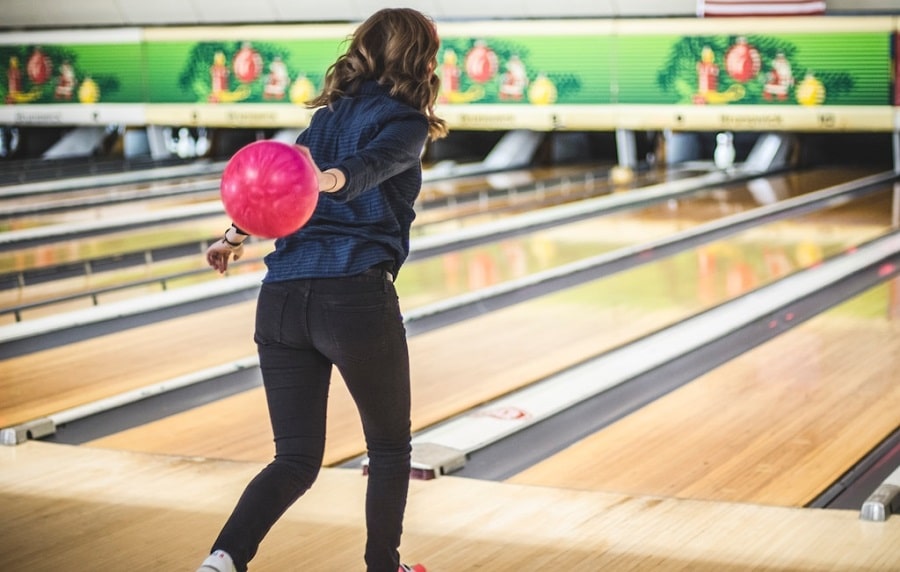
Before we dive into the details, let’s help you understand the concept of hook bowling. Hook bowling is a technique where the bowling ball curves in its path down the lane. It is a challenging skill that takes a significant investment of time and money to perfect on it.
However, once you perfect your hook, you’ll have more control over where the ball strikes the pins, allowing you to get better scores consistently. Hook bowling is one of the most spectacular shots in bowling used by almost every professional bowler.
Can a Bowling Ball Lose Its Hook?
Unfortunately, a bowling ball loses its hook capability affecting your hook shots. This happens when your bowling ball wears down, cracks, or gets damaged. With time, your ball’s coverstock degrades, losing its hook capability and reducing its performance. Here are a few reasons why your bowling ball is not hooking:
-
Age
As you continuously bowl, your ball’s coverstock may start to break down and wear out. This happens naturally as the ball ages. Therefore, you cannot expect an old bowling ball to hook as a new one, and with time, it eventually loses its hook capability.
-
Lane conditions
Lane conditions can also affect your ball’s hook potential. When you bowl on a lane with too much oil, the oil gets absorbed into the coverstock pores. The more the oil gets picked up from the lane, the more it affects your ball’s hooking motion. However, dry lanes can also damage the ball’s coverstock preventing it from hooking.
-
Poorly maintained bowling ball
A bowling ball collects a lot of oil, dust, and dirt from the lane. Therefore, the coverstock will not last long if you fail to maintain and clean it regularly. This can affect the ball’s performance and cause it to lose its hook.
-
Type of bowling ball
Having incorrect bowling balls can also prevent you from making a hook shot. This happens when you use a ball that is not right for the given oil pattern, doesn’t fit in your hands, or your fingers don’t fit in the finger holes. If you don’t use the right ball, you’ll have difficulty manipulating it to cause the hooking action.
Signs Your Bowling Ball is not Hooking
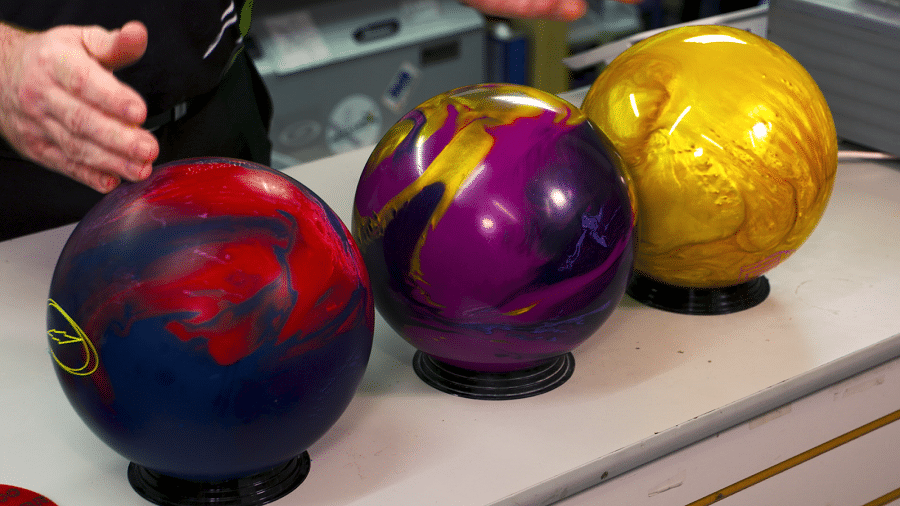
Generally, a high-quality bowling ball should last for more than 10 years when properly maintained. However, you should expect your ball to wear out over time and lose its hook. So, how do I know my bowling ball is not hooking? Here are a few signs to look out for;
- The ball slides and doesn’t grip down the lane
- The ball is not making any curve at the breakpoint
- The ball is often going into the gutter.
- The ball is rolling weirdly.
Typically, many new or average bowlers don’t even realize when their bowling ball starts to lose its grip. They often think it’s something they’re doing when it’s not. Therefore, if you notice any of these signs, your ball has lost its hook potential and needs serious maintenance or replacement.
How to Make Your Bowling Ball Hook More
While your bowling ball can lose its hook, it doesn’t mean you should replace it when that happens. Unless it’s a dead ball, you can still bowl with it, but with less control and less accurate shots. However, playing with a bowling ball without its hook potential is more complicated. Instead, you should take various steps to fix the ball and regain its hook capability. Here are a few ways you can fix a bowling ball that has lost its hook:
1. Clean the Ball

Oil, dirt, and other buildups on the ball can make it lose its hooking potential. Therefore, it’s important to ensure your ball is properly cleaned. Bowlers should clean their balls with a good cleaner every time after use to prevent oil absorption. You can also use various supplies and homemade cleaners to keep your ball clean.
Additionally, bowlers should have a microfiber cloth to wipe their ball between throws. Regularly cleaning your ball, preferably once every seven days will prevent the dirt and oil from accumulating and causing a loss in hooking capability.
2. Resurface the ball
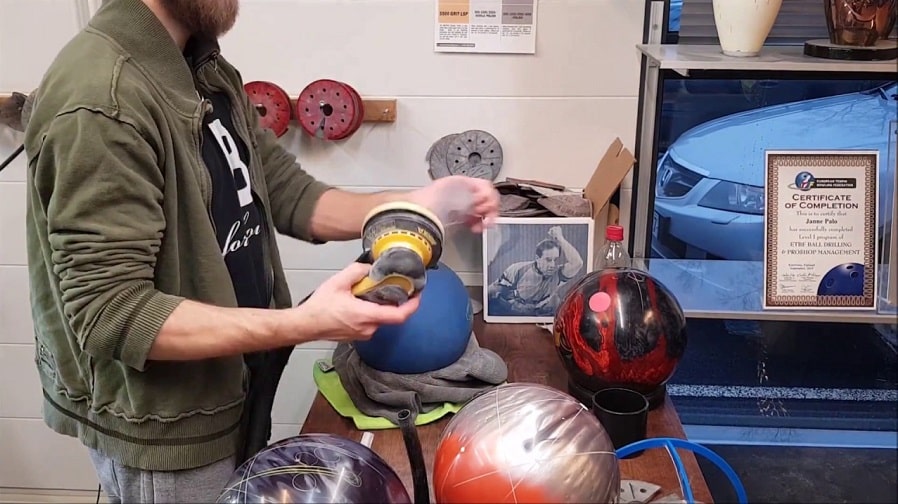
Resurfacing helps remove dirt, oil, or buildup from the pores and removes the old coverstock. This gives your ball a fresh start and restores the sharp edges that generate the friction required for hooking. Therefore, you should regularly resurface your ball to keep it in good shape and restore its hook potential.
It’s recommended to polish your ball after every ten games to prevent any changes in its performance. There are various ways available on the internet you can utilize to resurface your ball. If you’re unsure of what to do, take your bowling ball to a pro shop for professional resurfacing.
3. Change the bowling lane
Poorly maintained lanes or those with oil patterns that don’t fit your ball make it difficult to make a hook shot. Therefore, you should consider switching to a different lane or bowling alley. This gives your ball another surface to interact with, improving its hook.
4. Work on the technique
Hook bowling is a complex skill that requires practice and persistence. It involves coordination between your grip, arm swing pattern, thumb movement, and throw. Therefore, a bowler should learn different techniques and alter their style of play until they find a new hook for their ball. You can also consider getting a reactive resin ball which is effective for hooking.
Conclusion
Hook bowling is a crucial technique that every bowler should learn. While mastering the skill of hooking is one thing, your ball’s hook potential can affect its hooking motion. Unfortunately, bowling balls lose their hook, making it difficult to make a hook shot. If you’re having issues with your bowling ball not hooking anymore, take a look at the various reasons and solutions discussed above.
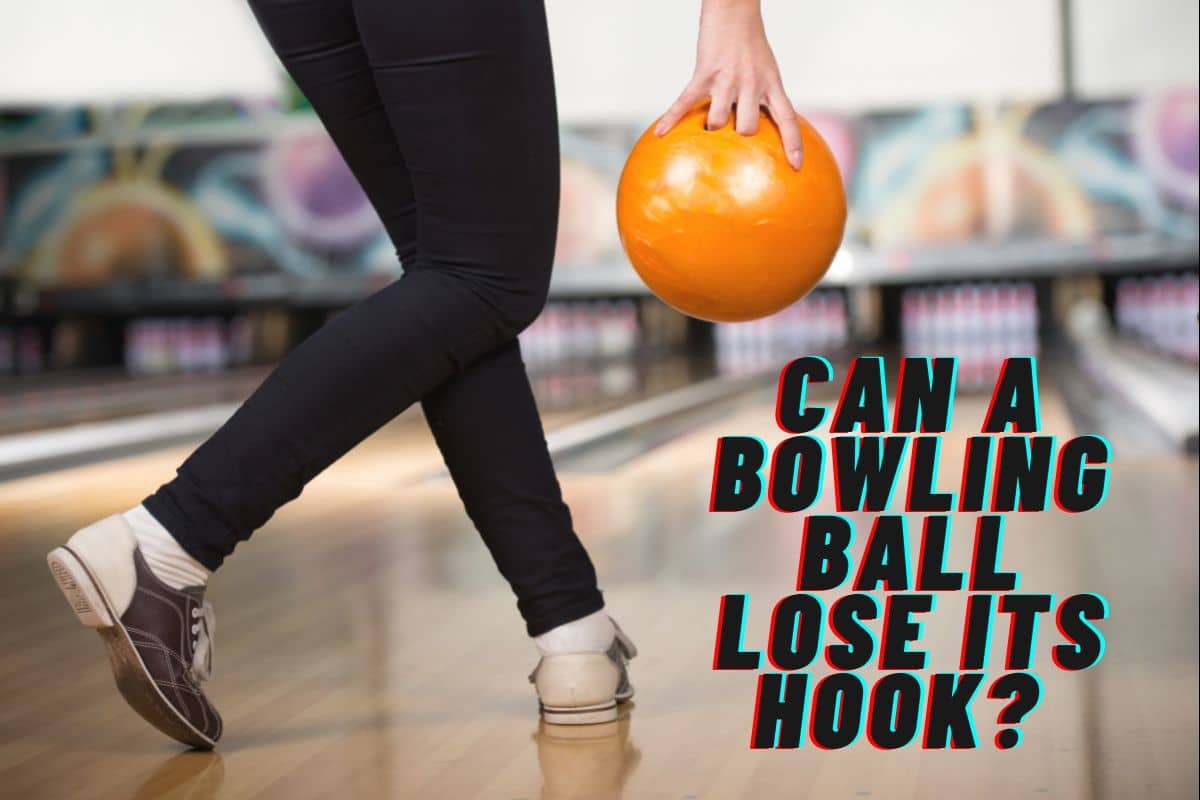

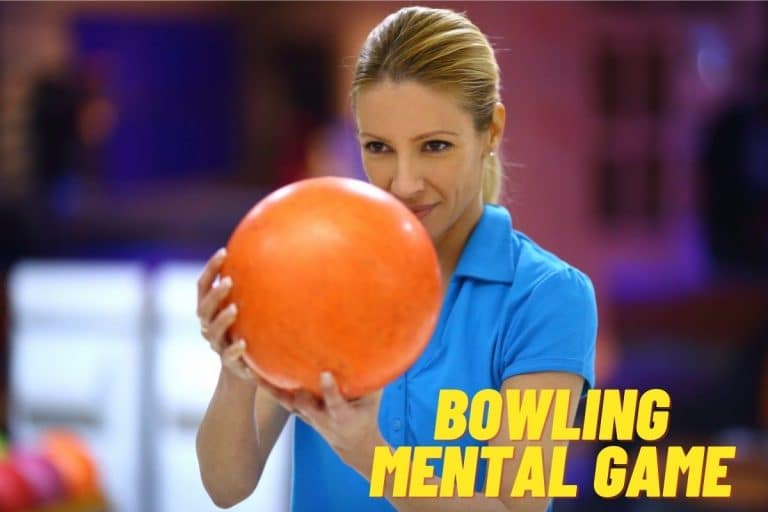
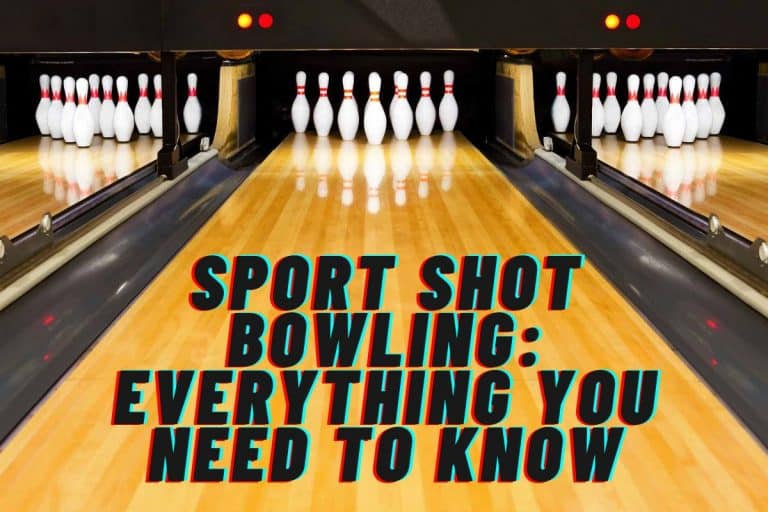
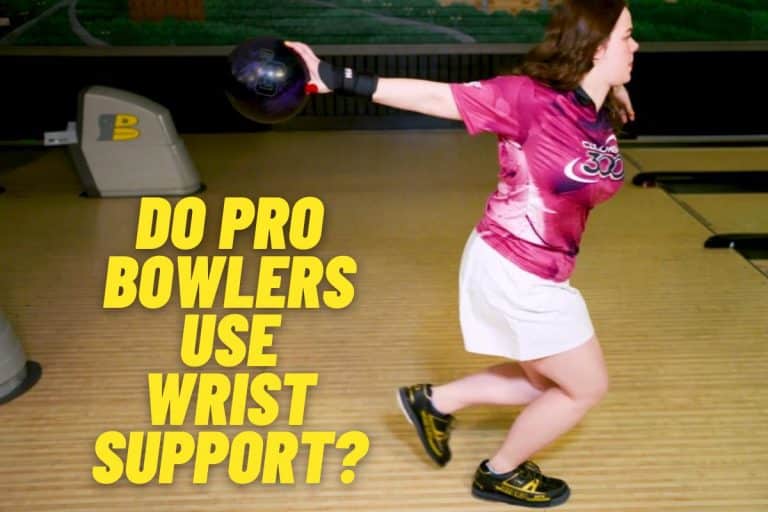
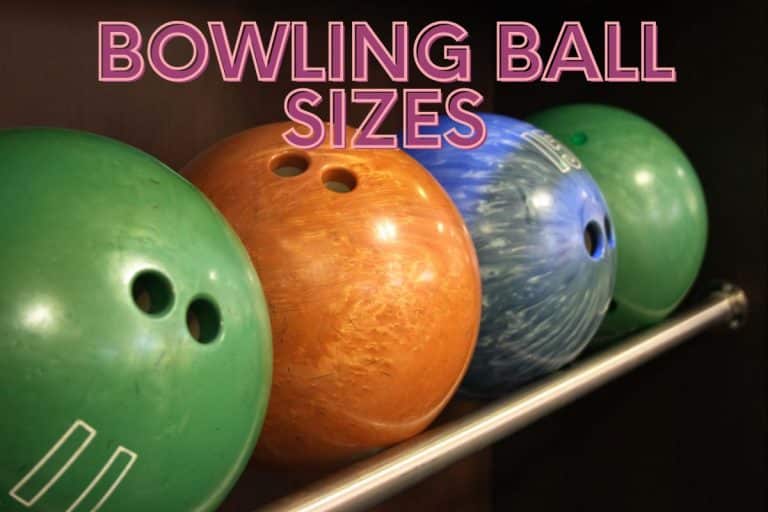
![How Many People Can Bowl in One Lane? [Best: 4]](https://www.bowlingknowledge.com/wp-content/uploads/2023/03/How-Many-People-Can-Bowl-in-One-Lane-768x512.jpg)